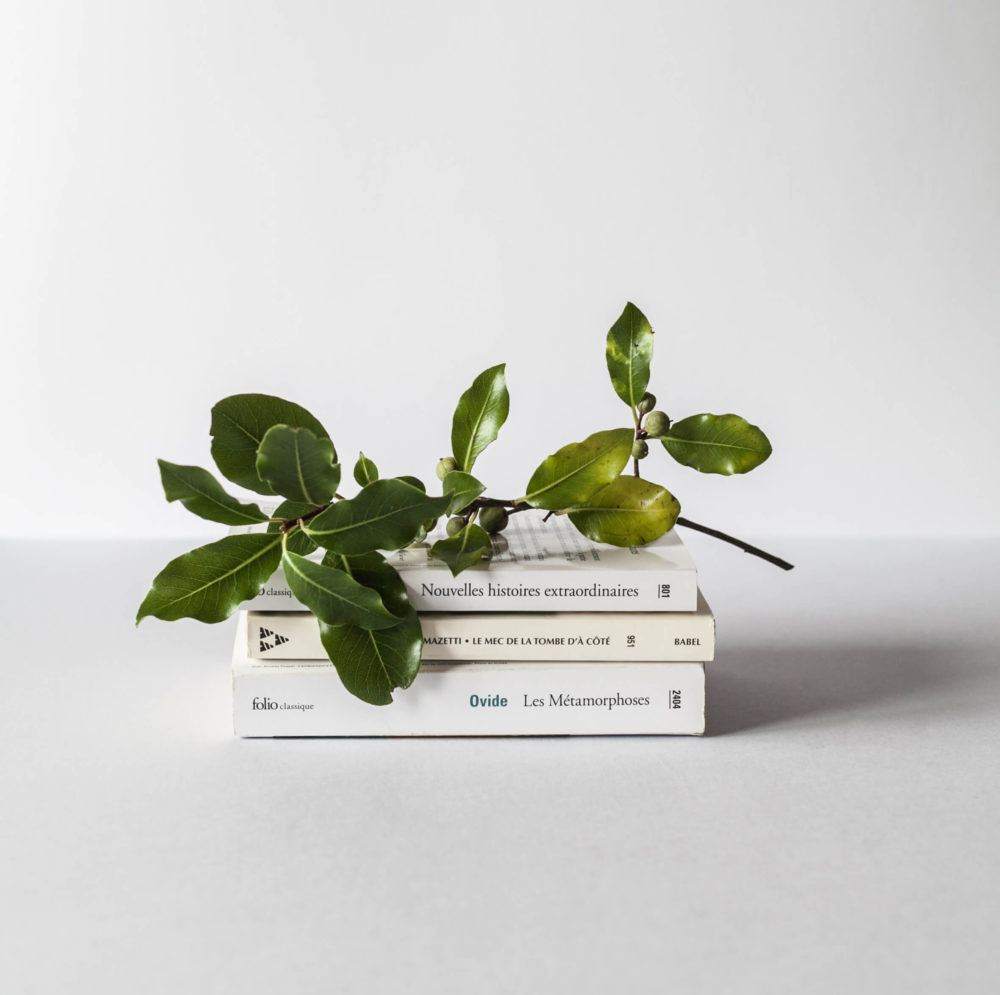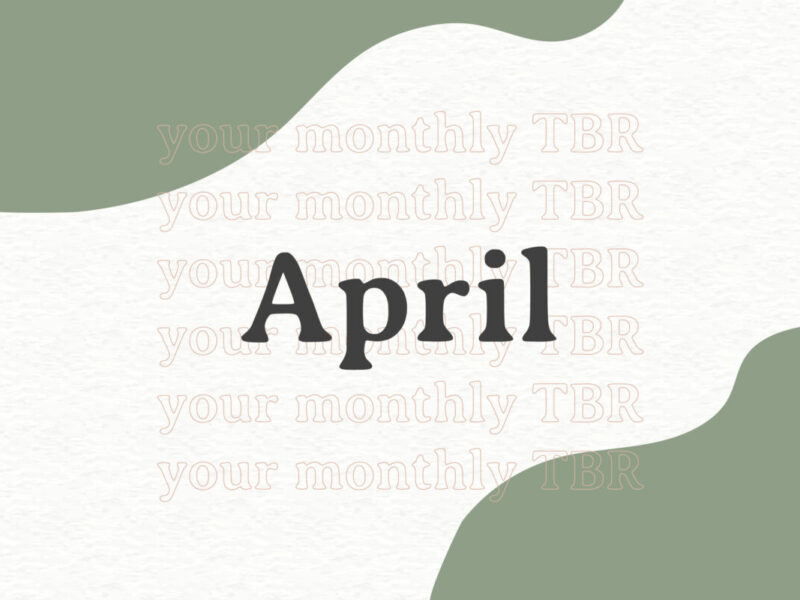The Art of Poetry Translation
In poetry, rhythm, style, and word choice breathe life into the feelings and ideas of the writer. So how, then, can poems be translated? What happens when a poem is subject to a new set of sounds, a new alphabet, or a slight shift in word choice? What, if anything, is lost in translation?
The field of linguistics and comparative literature has long sought to answer these questions. Translating a text word for word may cause unnatural or hollow-sounding language, or could even leave readers in the dark with idioms or colloquialisms that don’t translate well.
Meanwhile, attempting to translate the essence or meaning of a poem without regard for meter, rhythm, and word choice may border on creating an entirely new poem with little basis in the original. While this certainly isn’t against any laws, some may argue that it is not a true translation.
In an attempt to capture both the meaning and form of a poem, translators must walk the line between being faithful to the text and transforming it. It’s a careful art that takes a lot of research, practice, and awareness. This balancing act is well demonstrated in an episode of RadioLab titled “100 Flowers.” RadioLab hosts interview Douglas Hofstadter, Professor of Cognitive Science and Comparative Literature, as he discusses his attempts to translate the poem, “A Une Damoyselle Malade” (To a Sick Young Lady) by Clement Marot.
Simply put, the poem is a get-well-soon message to a young girl who has fallen ill. Hofstadter struggled to capture the kind, lighthearted tone of the poem while maintaining its form—which he believed was essential. He wanted to preserve the poem’s with three syllables per line, 28 lines, and its catchy AABBCCDD rhyme scheme.
However, he must take certain liberties with the text to meet these constraints. In one place, Hofstadter replaces the french phrase “confitures” (jam) with the term “buttered bread.” He says, “Jam and jelly, they are words, but the words represent concepts and the concepts have kind of a halo around them.”
Not yet satisfied with his own translation, the professor sent the poem and its constraints to about 60 more people to be translated, including colleagues, doctoral students, friends, and family members. The project became a 700-page book of translations of a single French poem!
One of his favorite interpretations came from his mother, who threw constraints out the window. “I have to say it has stood the test of time; it has some kind of pizzaz that no other one ever had.” But at only half the lines of the original poem, could her interpretation be considered a translation?
“As I got more and more deeply into this poem, my philosophy started to become Chairman Mao’s statement, ‘Let 100 flowers bloom.’ In other words, you can look at it from so many angles, and each new angle enriches it and makes it more fun,” said Hofstadter.
“My feeling is that even though the translations we’ve heard are all very different, they all show something about Clement Marot,” he said. “It’s millions of different things that are united by analogy into something that we refer to as one thing.”
Literary translator Aaron Coleman told NPR “I approach translation even knowing that it can’t quite be what it is in the original language… I think we all want to have translation work as a process of reproduction, but it’s really a process of transformation.”
Award-winning poet and Italian to English translator Geoffrey Brock eloquently captured the philosophy of translation when he said:
“A good translation should breathe on its own and not require the original text as a heart and lung machine. And yet it should find ways to give expression to the most important features (formal as well as semantic) of the original text. All that is part of what might be called fidelity, which is often confused with literal accuracy. Pedants are fond of pointing out that perfect translation is impossible. Of course, it is—in this, it is like everything else that’s worth doing.”
In an interview with The Creative Independent, French to English literary translator Emma Ramadan shared her philosophy: “Translation, to me, sounded like a great way to engage with literature, in a way that feels satisfying and doesn’t feel like it’s killing the magic of literature and is instead giving it more life.”
Ramadan also touches on the debate between foreignizing versus domesticating a work. Should a poem’s cultural context and references be changed to make it easier for its new audience? “I don’t think people are doing that anymore, or at least it’s happening to a lesser degree,” she said. “And now we have footnotes, now we have glossaries, now we have this, now we have that. But it’s also a question of how to be generous to a reader and also generous to the culture that you’re translating from, and not erasing anything just for the sake of making your target reader comfortable.”
“Bridging that gap between the reader and the author requires due diligence and a lot of research. Often, I’m translating things that are about a specific subculture or culture that I’m not a part of and maybe don’t have access to,” said Ramadan. “But in the same way that translations work regardless of the content, it’s research. Your job is to be familiar with that culture, to learn about that culture or that subculture, and then render it accurately.”
There’s a reason translators of poetry are usually also poets themselves—they are capturing something implicit in the poem. They look for a zeitgeist, a feeling, and they find equal and opposite meanings to bridge linguistic and cultural gaps. But this is no easy feat. “I learned how to be mindful of what it means to be translating from one culture to another, and the disparities between cultures,” said Ramadan.
Great poems are open to interpretation, which means their translations will be, too. Many works have been translated by different people from different backgrounds, time periods, and schools of thought, rendering new meanings with each translation. While there’s no one way to translate a poem, there are thousands of ways to breathe new life into a poem by translating it for a new audience.




